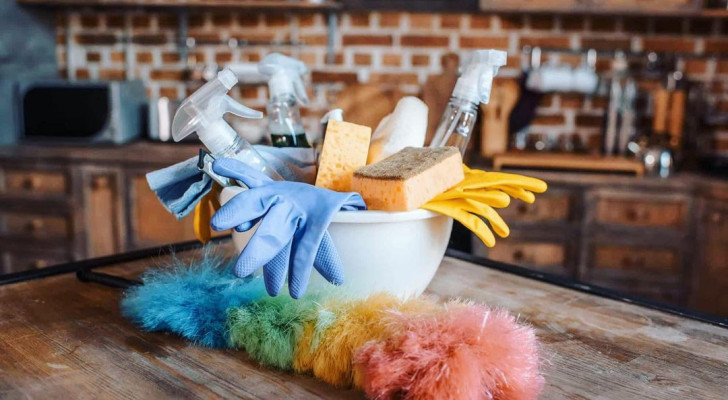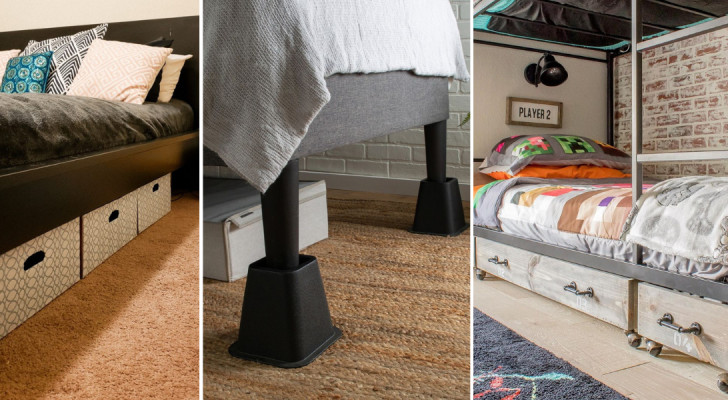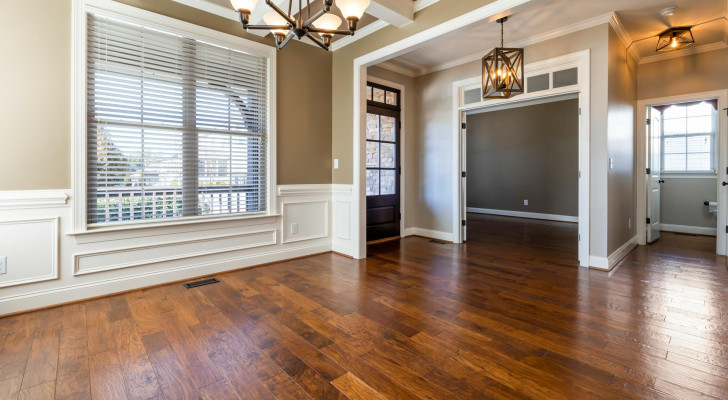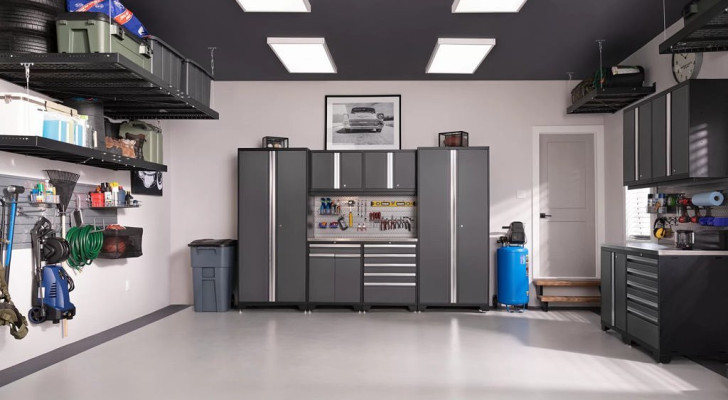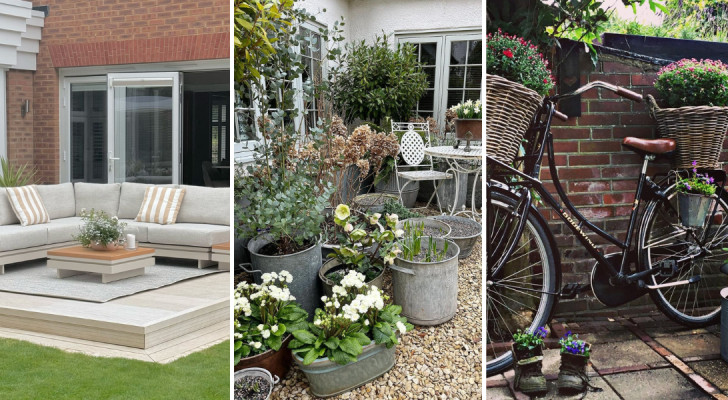Painting a house in high-humidity conditions is possible by following this expert advice
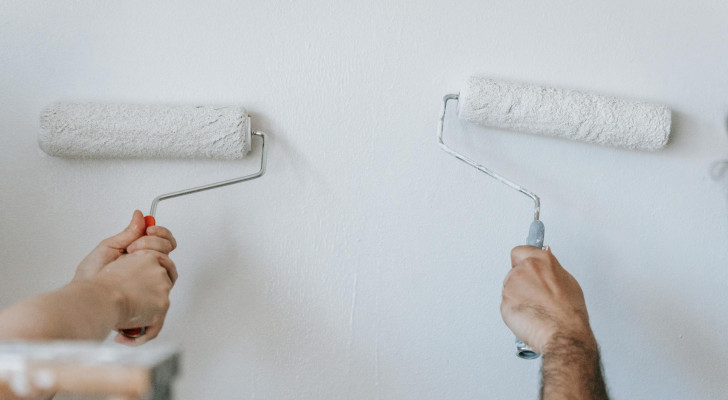
When you decide to repaint your home, local climatic conditions are something you will need to consider. Living in a high-humidity zone may be your "lot" in life, but this does not mean you can't repaint your home successfully.
Check out the expert advice below on how best to paint in high-humidity environments:
The optimal humidity conditions for repainting your home
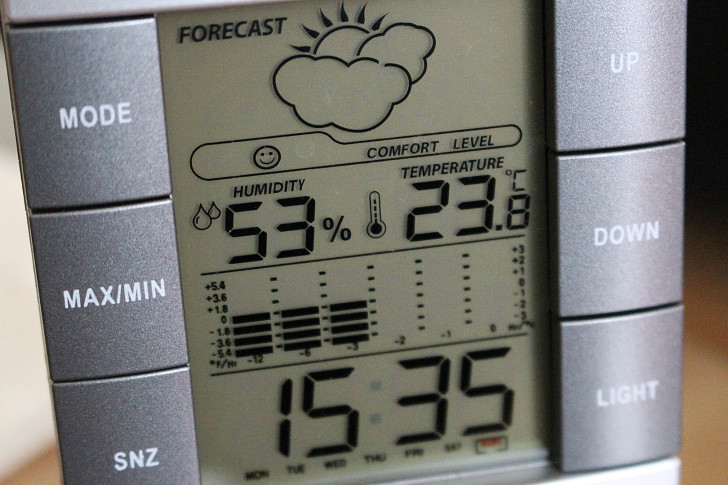
Let's start first by defining the optimal humidity levels for painting: although low humidity levels can speed up drying times, in reality the ideal humidity range is between 40% and 50%. This range gives a good drying speed and, at the same time, allows brushstroke to smooth out.
Since even the driest areas still has a certain percentage of humidity, choosing the best time to repaint your house can be determined by considering the relative humidity levels and starting your painting project when the range is between 40% and 50% (despite 70% being considered as ideal).
The time of day is also important when it comes to drying times, so it is best to start work in the morning and before temperature/humidity extremes manifest.
How to paint properly
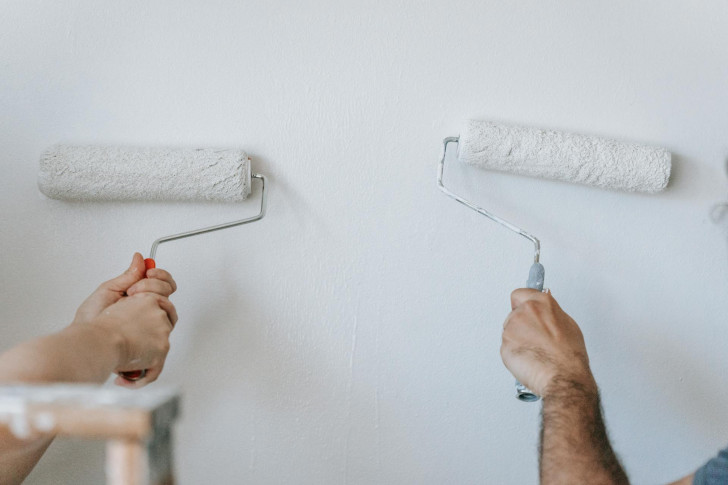
The choice of paint is another key element for the success of your work: if you have to paint walls in high-humidity environments, the paint must be of high quality and specially formulated for humid conditions. In this case, the best results will be given by high-quality, latex paints (which are less sensitive to humidity and dry quickly).
Surface preparation is also necessary for a successful painting job: make sure the surface is dry, dust-free and clean. You can also consider applying a primer formulated to resist high humidity and to improve adhesion and sealing.
Finally, when carrying out the work, you can take some measures that will allow you to achieve better results:
- work by painting in small sections to improve drying times;
- improve ventilation to reduce humidity levels by opening windows and, if necessary, using a dehumidifier or fans;
- wait for the paint to dry completely between coats.
Follow these precautions, and the painting of your home will be done successfully - even in high-humidity conditions.
